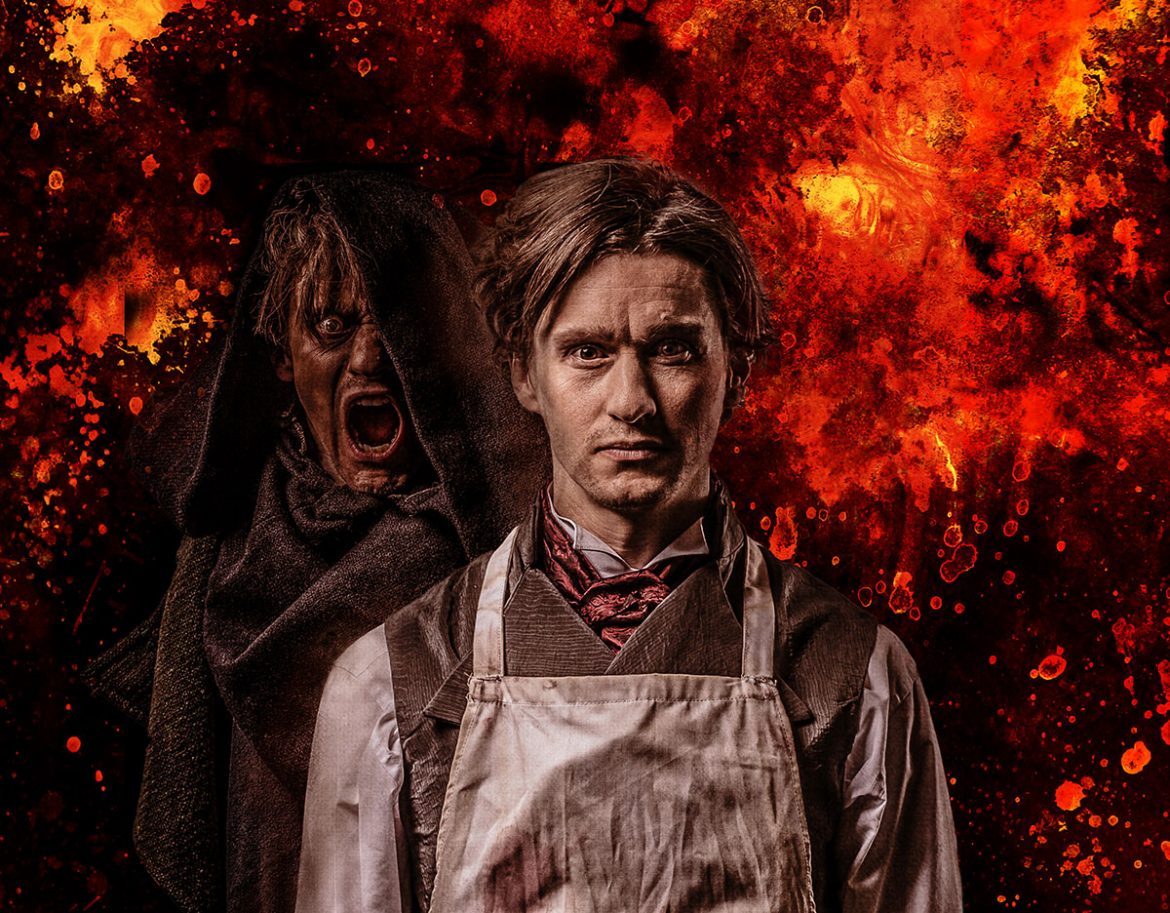It was a groundbreaking tale of the power of medical science.
So the location of a new telling of Frankenstein could not be more fitting.
York Medical Society, 23 Stonegate
The Feb 2-Sat Feb 25
£22-£33.50
Theatre Mill, specialists in site-specific productions, are staging Frankenstein Revelations at York Medical Society.
Mary Shelley’s chilling novel was published in 1818, just 14 years before York Medical Society was formed, with the aim of “promoting and diffusing medical knowledge”.
Now its beautiful rooms within a Grade II listed building off Stonegate will form the backdrop to this gothic tale of life and death.
Hidden gem

The rooms aren’t public, although they can be booked for conferences. This is the first time the society has allowed them to be used as the backdrop to a play.
It means that Theatre Mill, which has previously turned York Guildhall into a whaling ship for Moby Dick and staged The Importance of Being Earnest in the Mansion House, has found another atmospheric setting.
Producer Rebecca Stafford said the production has been developed over 18 months.
I’ve always wanted Theatre Mill to do Frankenstein because it is full of tension and atmosphere, and this is the perfect place for it; a hidden gem that no one knows about.
Compelling story

Writer Nick Lane has transposed the action to the Anglo-Prussian War in 1866, to trap Victor Frankenstein and his creation in the besieged city of Inglostadt.
Richard Keightley will play Frankenstein, tripping on hallucinogenic stimulants and painkillers, while Zach Lee and Viktoria Kay play everyone else.
“Before the Victorians got hold of Frankenstein and turned it into gothic horror, it was a tragedy, a story of man versus God, that’s actually very sad,” Rebecca said.
“I don’t want to give too much away but I found a way for three people to tell this really compelling story, whilst still reflecting the structure of the book.”
